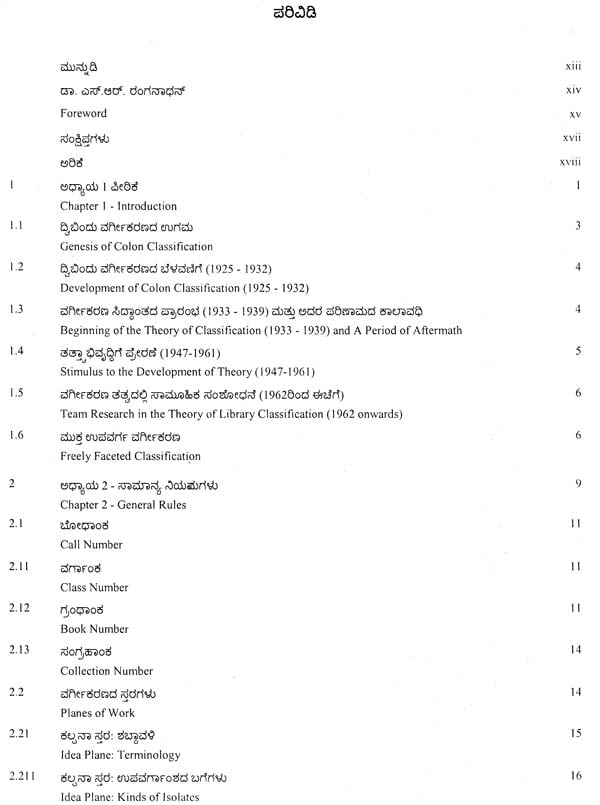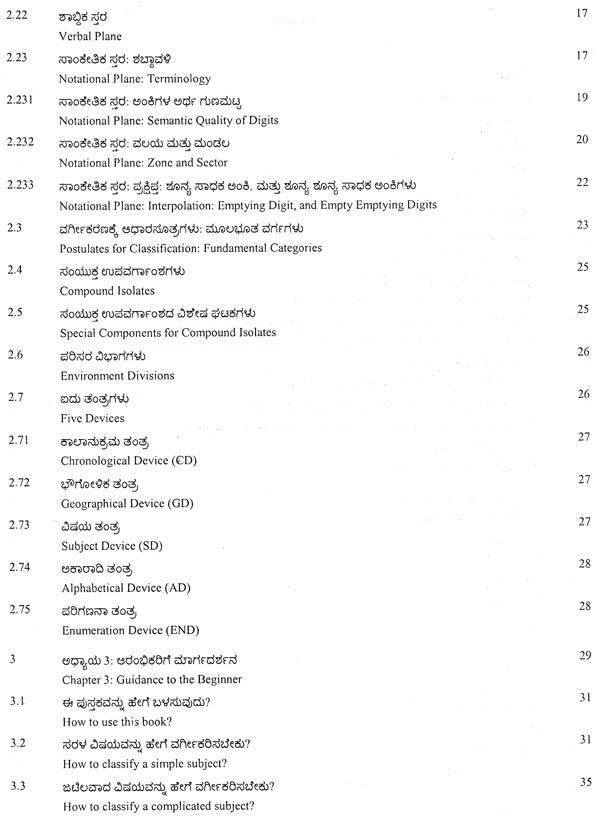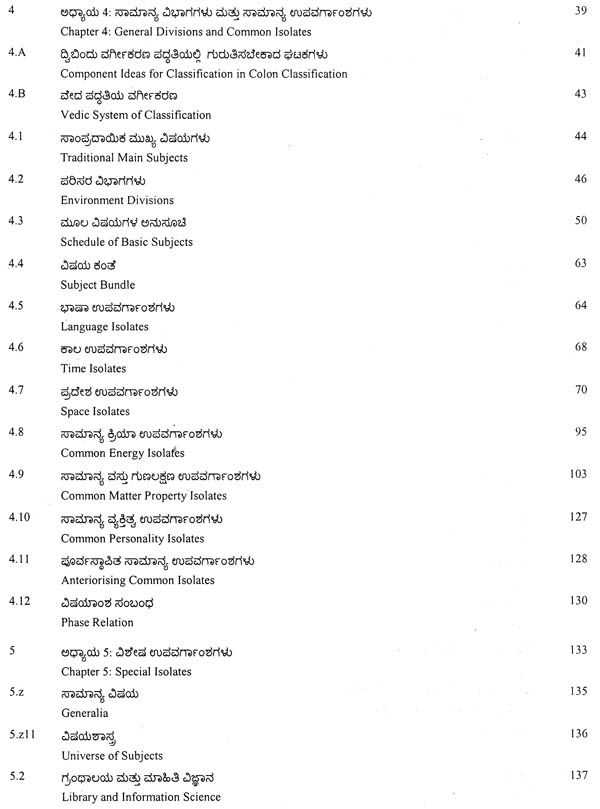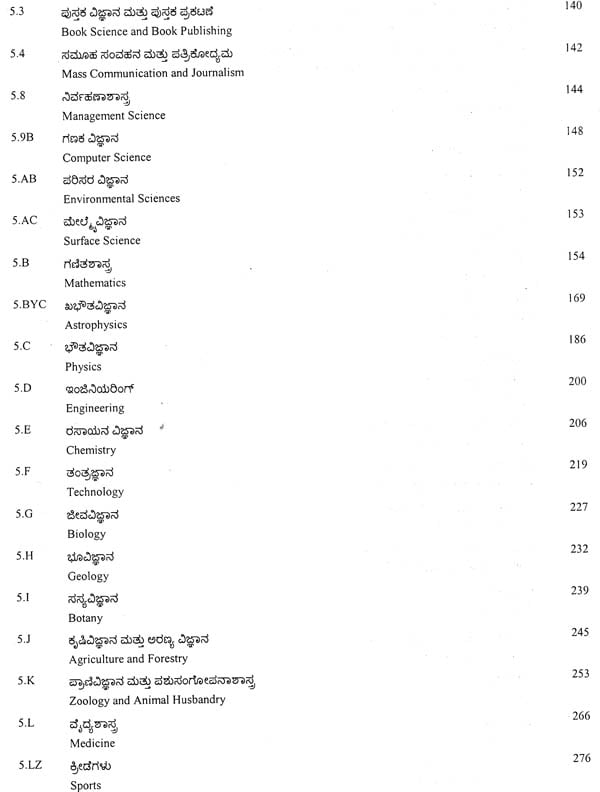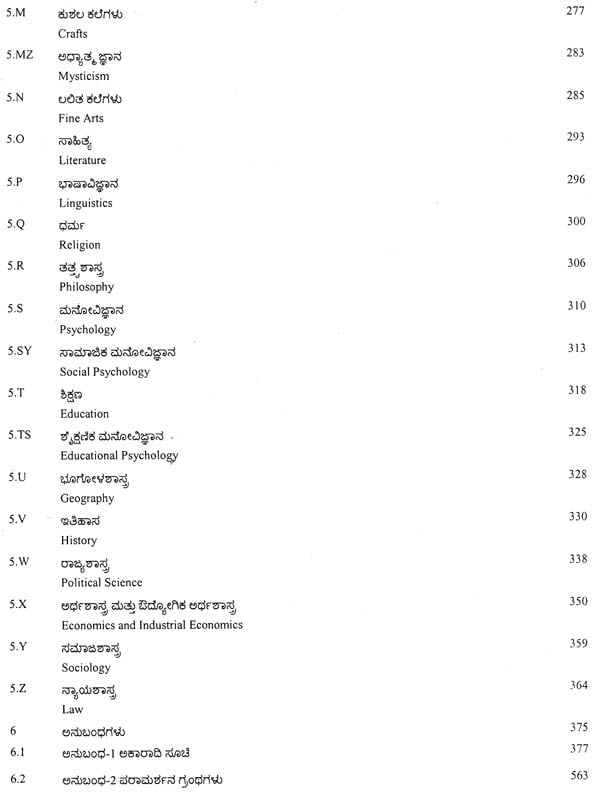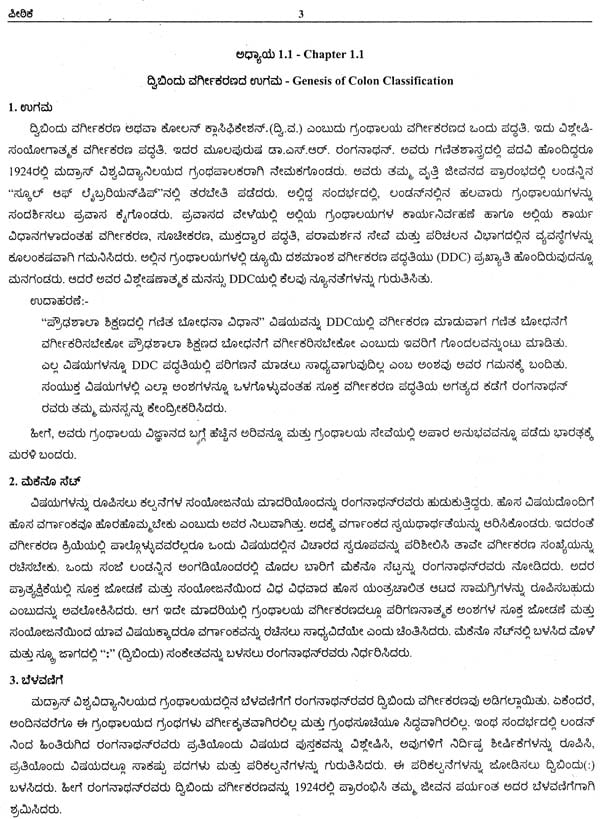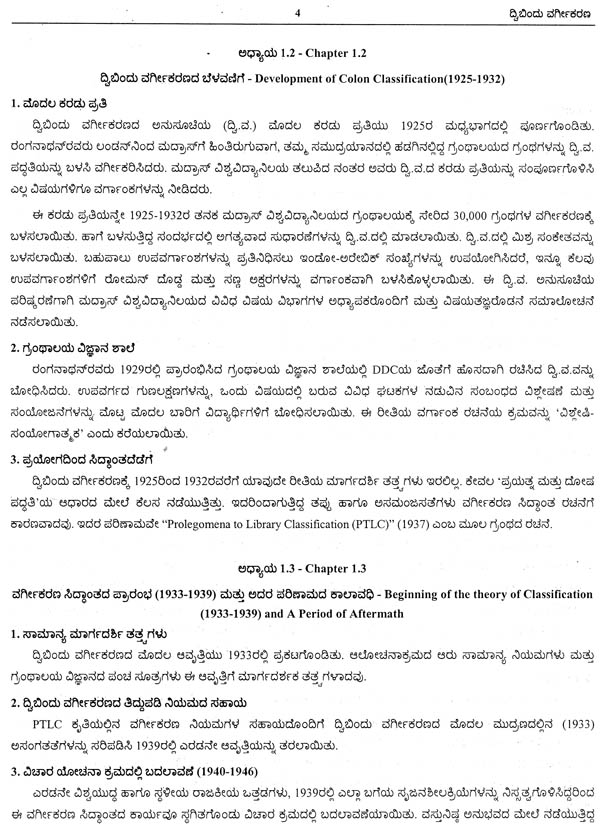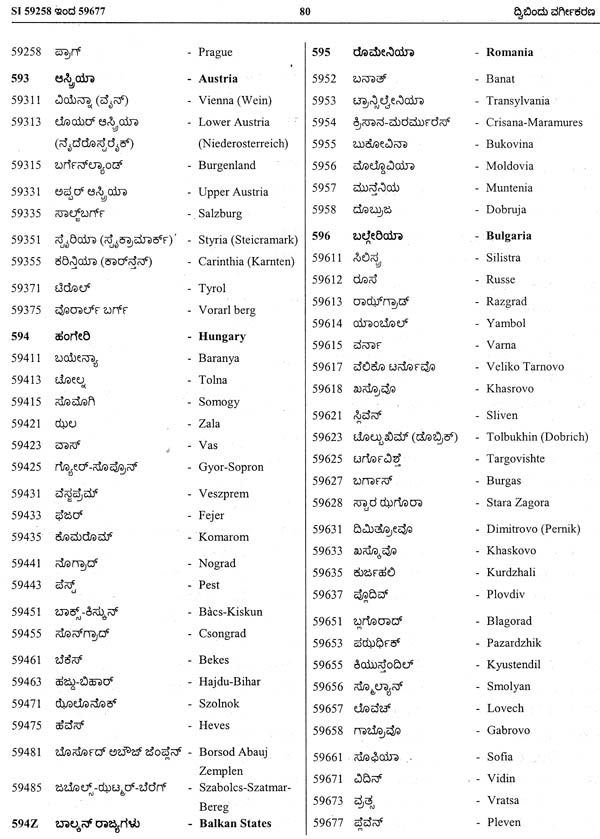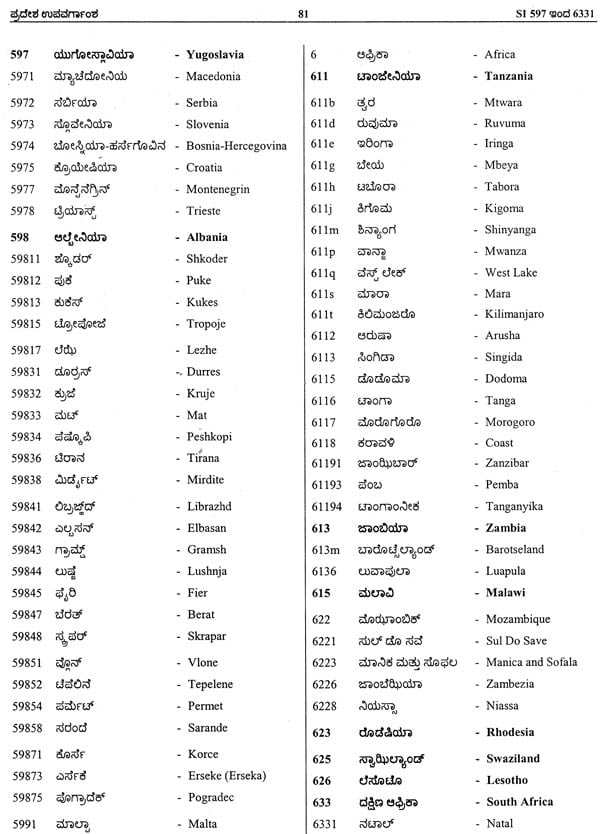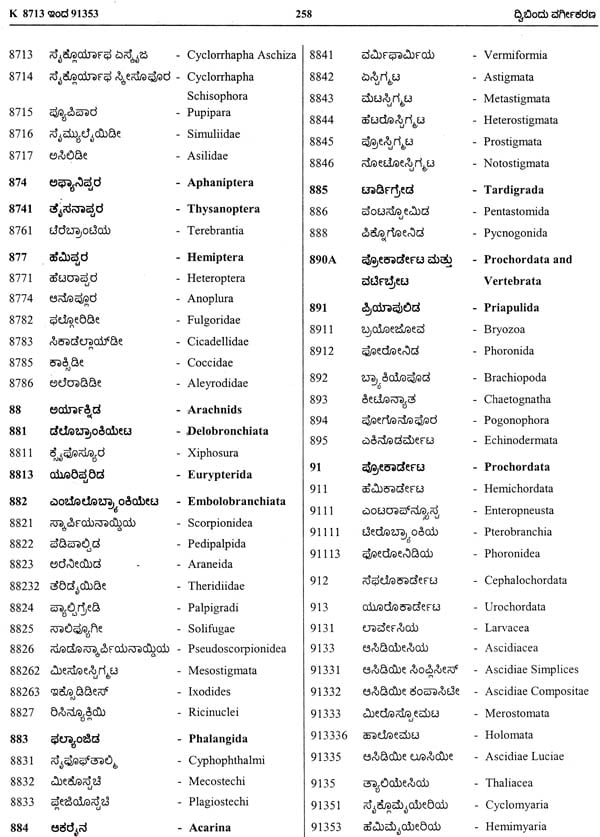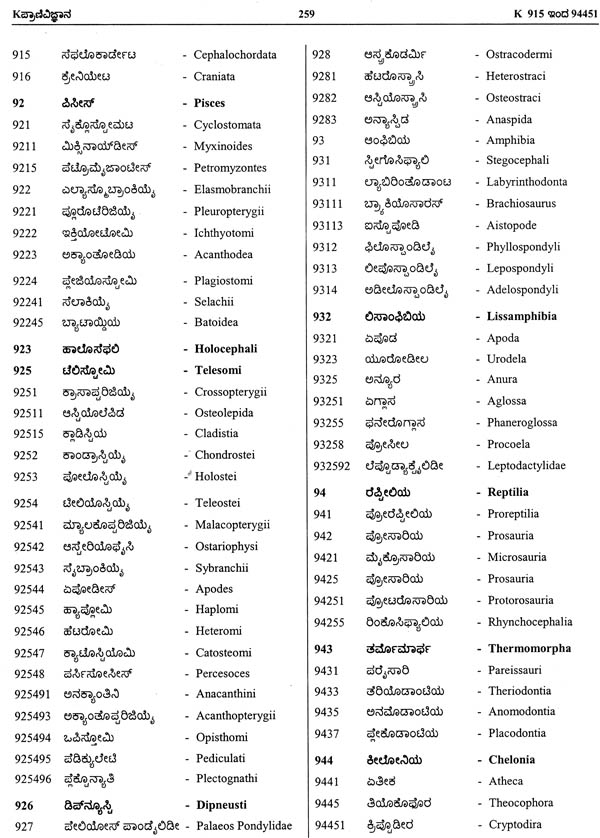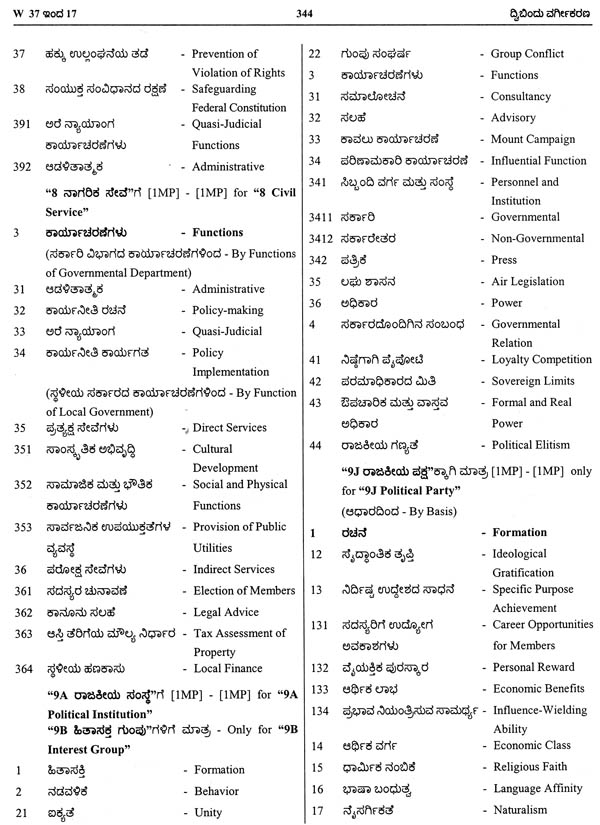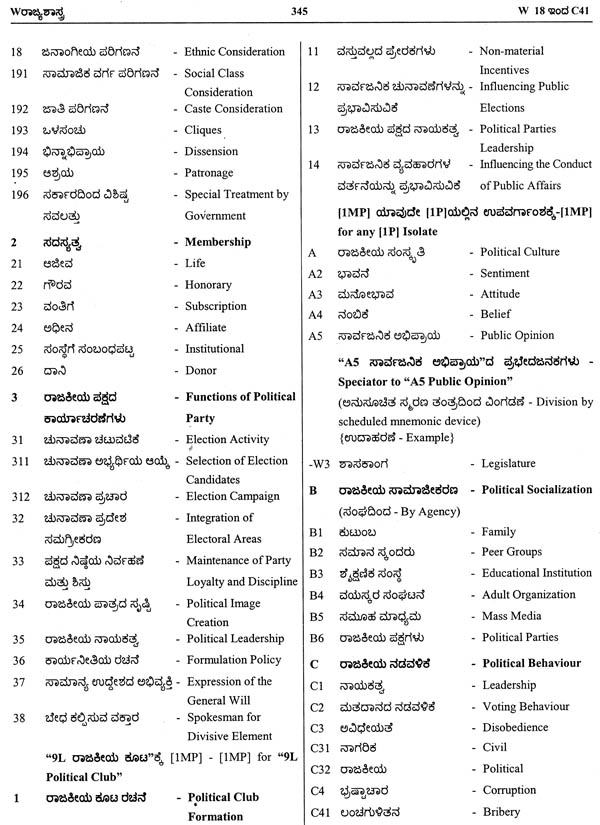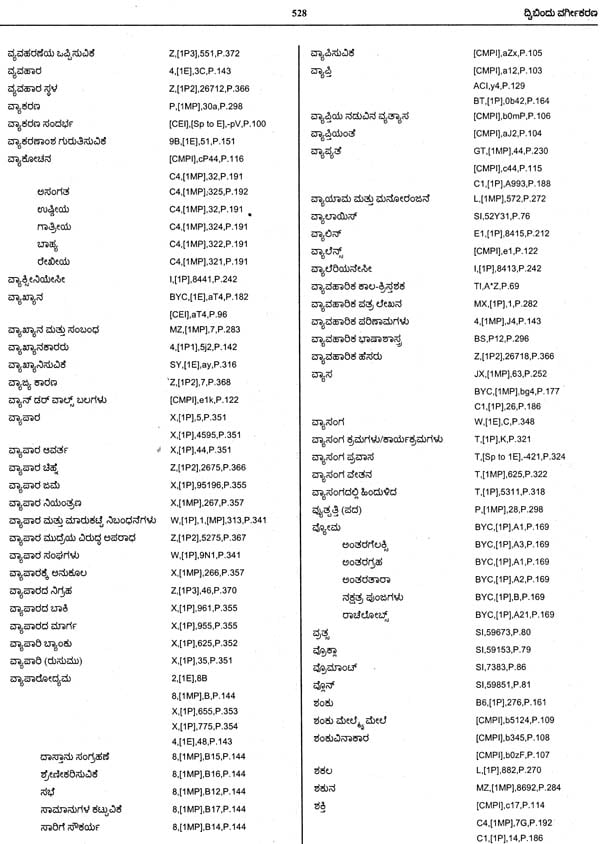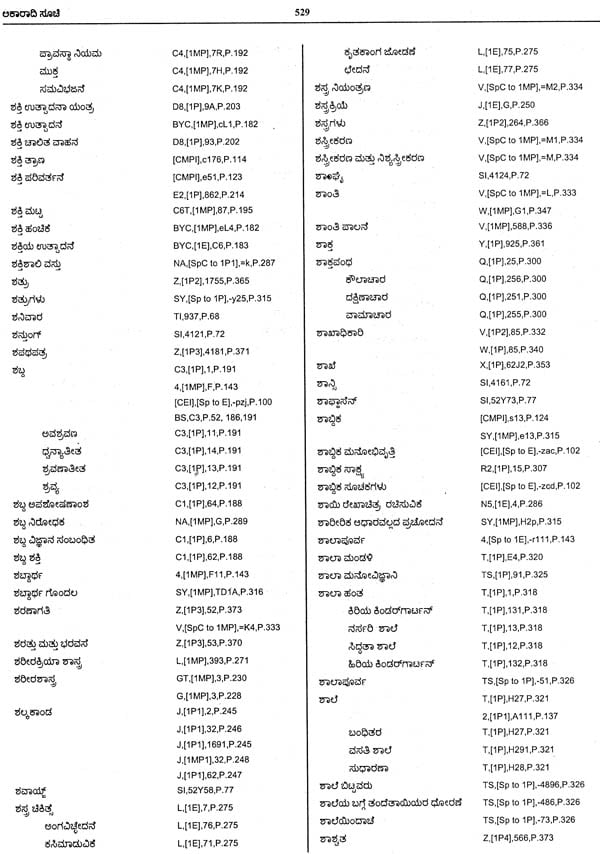
Colon Classification (Kannada)
Book Specification
| Item Code: | NAW285 |
| Author: | S.R. Ranganathan |
| Publisher: | Central Institute Of Indian Languages, Mysore |
| Language: | English and Kannada |
| Edition: | 2010 |
| ISBN: | 817342179X |
| Pages: | 588 |
| Cover: | HARDCOVER |
| Other Details | 11.00 X 9.00 inch |
| Weight | 1.69 kg |
Book Description
The Central Institute of Indian Languages was entrusted to work on all the Indian languages — the ones in the 8" Schedule as well as those outside it. During the Xth plan, it was decided to convert the traditional library of CHIL family with modest holdings into an integrated digital library that is connected with all seven Regional Languages Centre (RLC) libraries. This has now been functioning as an integrated digital library system, and has drawn attention of a large number of users world-wide. The task was daunting also because the titles got doubled in the mean while, and it was found that a large number of Indian languages books were published without any ISBN number, and consequently posing problems for categorization and classification. That was the time the urgency for translating the Classification schedule was felt during the process of library automation. When the cataloguing work of the library books in Indian languages were to be done in the original language of the document except the subject index, that was rendered in English, it was realized that the updated classification schedules were not available in any of the Indian languages. As information science personnel, we now know that ideally every language or at least a sub-family of languages must have its own classification schedules. The outcome of such a thought was the preparation of classification schedule in Kannada that involves updating the schedule and rendering it in Indian languages.
On the event of Kannada getting the Classical status, with its richness of literature in all walks of life, what was lacking was the tool to properly organize the universe of knowledge. Hence, as a test case, Kannada was accorded priority.
The success of any repository is completely dependent upon how tactfully the recorded knowledge is well organized and retrieved. Classification is an efficient method of organizing materials subject wise. As an aid to this work there are so many systematic indexing languages like Dewey Decimal Classification, Universal Decimal Classification etc. The significant contribution from India to this field is Colon Classification developed by Dr.S.R.Ranganathan having certain unique characteristics such as freely faceted or analytic synthetic, the facet structure being very near to the structure of Indian languages, and so on and so forth.
The managers of several internet search engines are now utilizing the principles and postulates enunciated by Dr. Ranganathan. His ideas are also used in the areas of information and communication technologies. In the 1930s while studying in England, Ranganathan created a classification and retrieval system that formed the technical basis of many of the search engines in use today. The ‘facet analysis’ which he formulated some 70 years ago is being used by the famous Yahoo search engine. Sky is the limit to explain Ranganathan’s achievements.
In fixing the responsibility of translation of Ranganathan’s Colon Classification to Kannada, the mandatory fact is that the person should be well equipped with the knowledge of Colon Classification and at the same time should be proficient in Kannada. It was decided to give it to Dr B.A.Sharada who has published articles based on her findings on Colon Classification and has a good knowledge of Kannada. She has engaged distinguished scholars in different disciplines and well versed in Kannada too such as Prof J.R. Lakshmana Rao, Prof. H.R.Ramakrishna Rao, Dr B.S. Shailaja, A. Krishna Bhat, etc. Dr. Sharada was ably assisted by Dr. Suman Kumari.
The present work is useful not only in the libraries of Karnataka but also in preparing knowledge organizing tools such as monolingual and multilingual thesauri, subject heading list, etc and also useful for subject indexing in Kannada. Many discipline oriented terms in Kannada will be of immense help to the teachers at all levels who use Kannada as their medium of instruction. I am sure this latest effort of the Institute will get the commendation that it deserves.
**Contents and Sample Pages**
